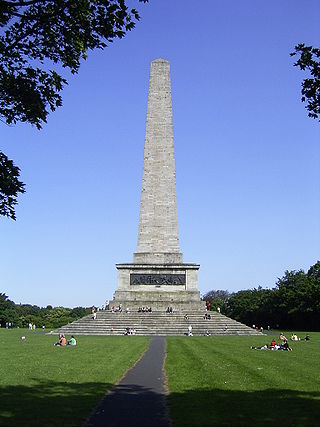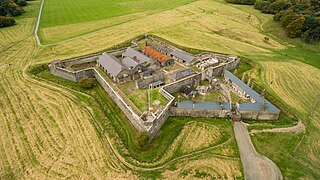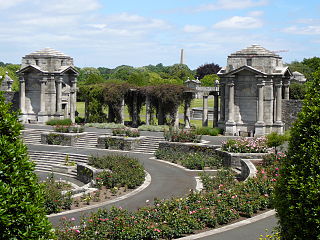Self-guided Sightseeing Tour #1 in Dublin 8, Ireland
Legend
Guided Free Walking Tours
Book free guided walking tours in Dublin 8.
Guided Sightseeing Tours
Book guided sightseeing tours and activities in Dublin 8.
Tour Facts
4.1 km
83 m
Experience Dublin 8 in Ireland in a whole new way with our self-guided sightseeing tour. This site not only offers you practical information and insider tips, but also a rich variety of activities and sights you shouldn't miss. Whether you love art and culture, want to explore historical sites or simply want to experience the vibrant atmosphere of a lively city - you'll find everything you need for your personal adventure here.
Sight 1: Wellington Monument
The Wellington Monument, or sometimes the Wellington Testimonial, is an obelisk located in the Phoenix Park, Dublin, Ireland.
Sight 2: Magazine Fort
The Magazine Fort is a bastion fort and magazine located within the Phoenix Park, in Dublin, Ireland. Built in 1735, it was occupied by British Armed Forces until 1922 when it was turned over to the Irish Defence Forces after the Anglo-Irish Treaty. The Irish Army continued to operate the site as an ammunition store through the mid-20th century. It was fully demilitarised by the 1980s. The fort is now managed by the Office of Public Works. As of 2015, it was in a derelict state and not open to the public, however some repairs were undertaken and the site partially opened for "limited guided tours" from 2016.
Sight 3: Irish National War Memorial Gardens
The Irish National War Memorial Gardens is an Irish war memorial in Islandbridge, Dublin, dedicated "to the memory of the 49,400 Irish soldiers who gave their lives in the Great War, 1914–1918", out of a total of 206,000 Irishmen who served in the British forces alone during the war.
Sight 4: Stone of Remembrance
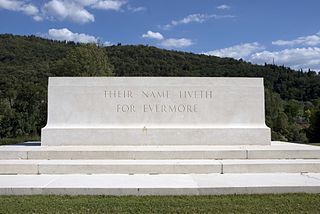
The Stone of Remembrance is a standardised design for war memorials that was designed in 1917 by the British architect Sir Edwin Lutyens for the Imperial War Graves Commission (IWGC). It was designed to commemorate the dead of World War I, to be used in IWGC war cemeteries containing 1,000 or more graves, or at memorial sites commemorating more than 1,000 war dead. Hundreds were erected following World War I, and it has since been used in cemeteries containing the Commonwealth dead of World War II as well. It is intended to commemorate those "of all faiths and none", and has been described as one of Lutyens' "most important and powerful works", with a "brooding, sentinel-like presence wherever used".
Sight 5: Royal Hospital Kilmainham
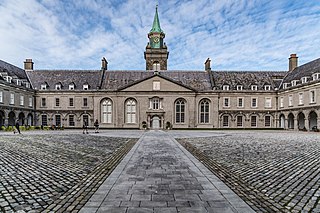
The Royal Hospital Kilmainham in Kilmainham, Dublin, is a former 17th-century hospital at Kilmainham in Ireland. The structure now houses the Irish Museum of Modern Art and is a concert venue.
Share
Disclaimer Please be aware of your surroundings and do not enter private property. We are not liable for any damages that occur during the tours.
GPX-Download For navigation apps and GPS devices you can download the tour as a GPX file.
